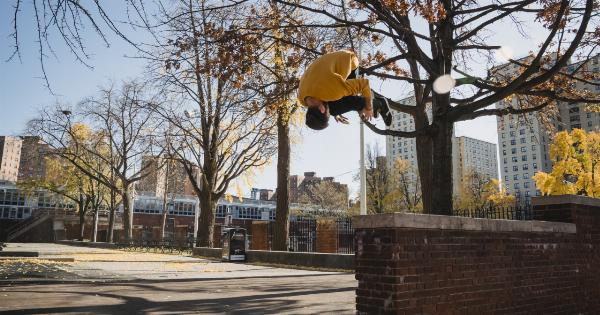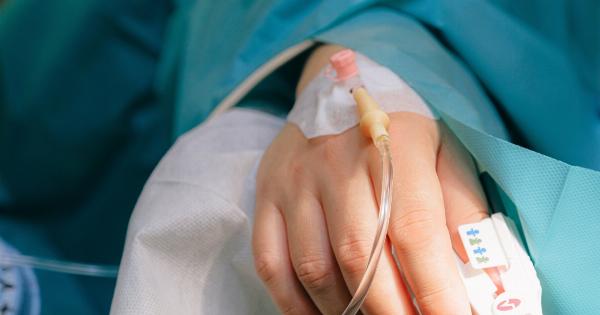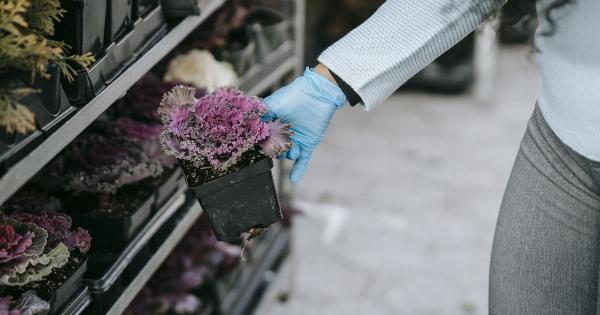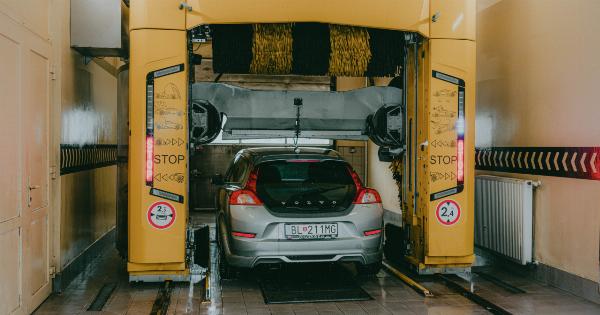We have all been there – you’re in a rush, you drop a piece of food on the floor and quickly pick it up. Do you eat it or throw it away? The answer to this question is not always straightforward and depends on several factors.
In this article, we will discuss whether it is safe to eat food that fell on the floor, how long it takes for bacteria to transfer to food, and what types of environments are more likely to have harmful bacteria on the floor.
How long does it take for bacteria to transfer to food?
Many people believe that a food item is safe to eat if it has been on the floor for less than five seconds.
This belief is commonly referred to as the “5-second rule.” In reality, it takes less than five seconds for bacteria to transfer to food. The transfer of bacteria is almost instantaneous when food contacts a contaminated surface.
A study conducted by Clemson University found that a variety of bacteria, including salmonella and E. coli, can transfer to food in less than five seconds.
The research team dropped bologna, bread, and gummy bears onto a tile, carpet, and wood surface contaminated with a particular strain of bacteria, and then measured the amount of bacteria transferred to the food. They found that the type of surface, the moisture of the food, and the length of time the food was in contact with the surface all influence how much bacteria is transferred. For instance, bacteria transfer more easily to wet food items than dry ones.
What type of surfaces have harmful bacteria?
The type of surface that the food item fell on impacts the level of risk associated with consuming the food. Surfaces that come into contact with raw meat, animal waste, or other sources of harmful bacteria are more likely to harbor harmful bacteria.
For example, if you drop a piece of chicken on the kitchen floor, which is where you have prepared raw chicken, you should throw it away. The same goes for surfaces that are not regularly cleaned, such as floors in public restrooms or garbage areas.
On the other hand, floors in the typical household setting are usually relatively clean and do not pose a significant health risk. However, it is still safer to avoid eating food that has fallen on the floor.
What are the risks of eating food that fell on the floor?
Eating food that has fallen on the floor can increase your risk for foodborne illness. Harmful bacteria can make their way into your digestive system if you consume contaminated food.
The symptoms of food poisoning can include nausea, vomiting, diarrhea, fever, and abdominal pain. The severity of these symptoms can vary depending on the type of bacteria and the amount that you have ingested. For instance, salmonella can cause severe symptoms, whereas other types of bacteria may only cause mild stomach upset.
What should you do if you dropped food on the floor?
If you drop food on the floor, the safest thing to do is to throw it away. Consuming food that has come into contact with potentially harmful bacteria is not worth the risk of getting sick.
Cross-contamination is a big concern, so it is vital to avoid eating food that has made contact with unclean surfaces. To avoid the risk of cross-contamination, you should clean up spills and messes immediately and regularly clean surfaces that come into contact with food.
Conclusion
In conclusion, it’s not safe to eat food that fell on the floor, even if it has been there for only five seconds. The transfer of bacteria is almost instantaneous when food contacts a contaminated surface.
While some floors are relatively clean, the risk of consuming harmful bacteria is not worth it. To avoid the risk of foodborne illness, clean surfaces that come into contact with food, and throw away any food that has fallen on the floor. By taking these simple precautions, you can decrease your risk of getting sick and stay healthier.




























